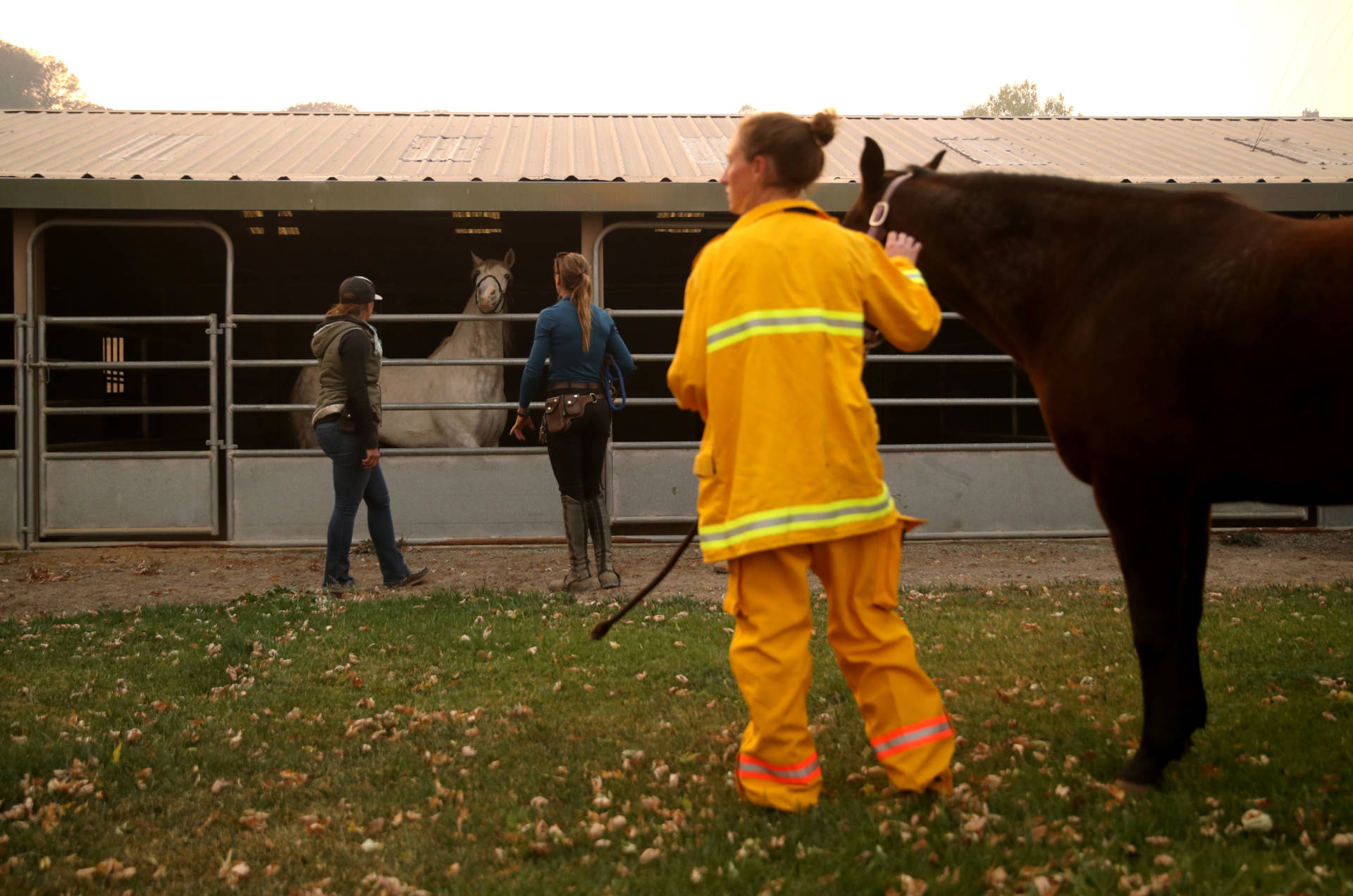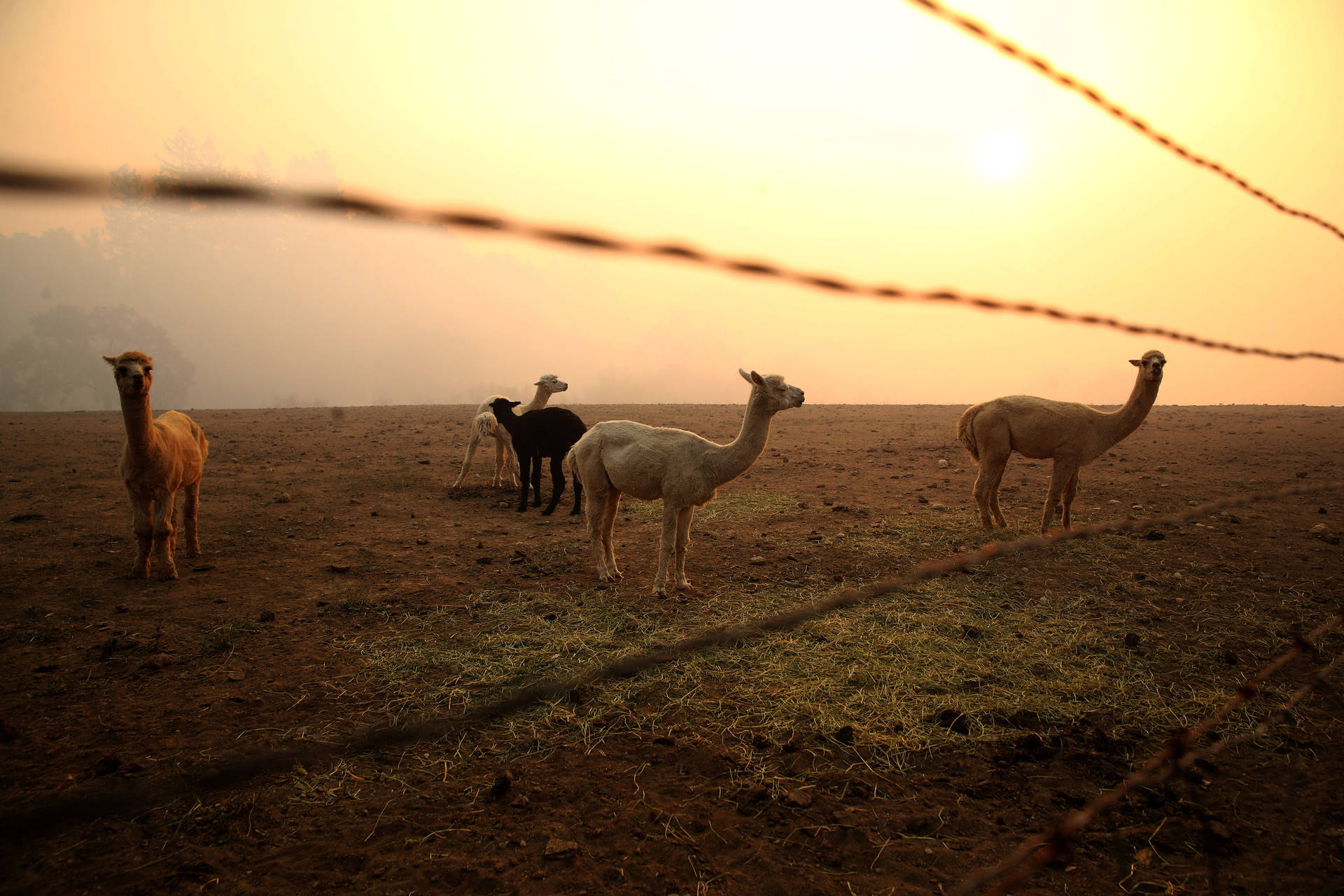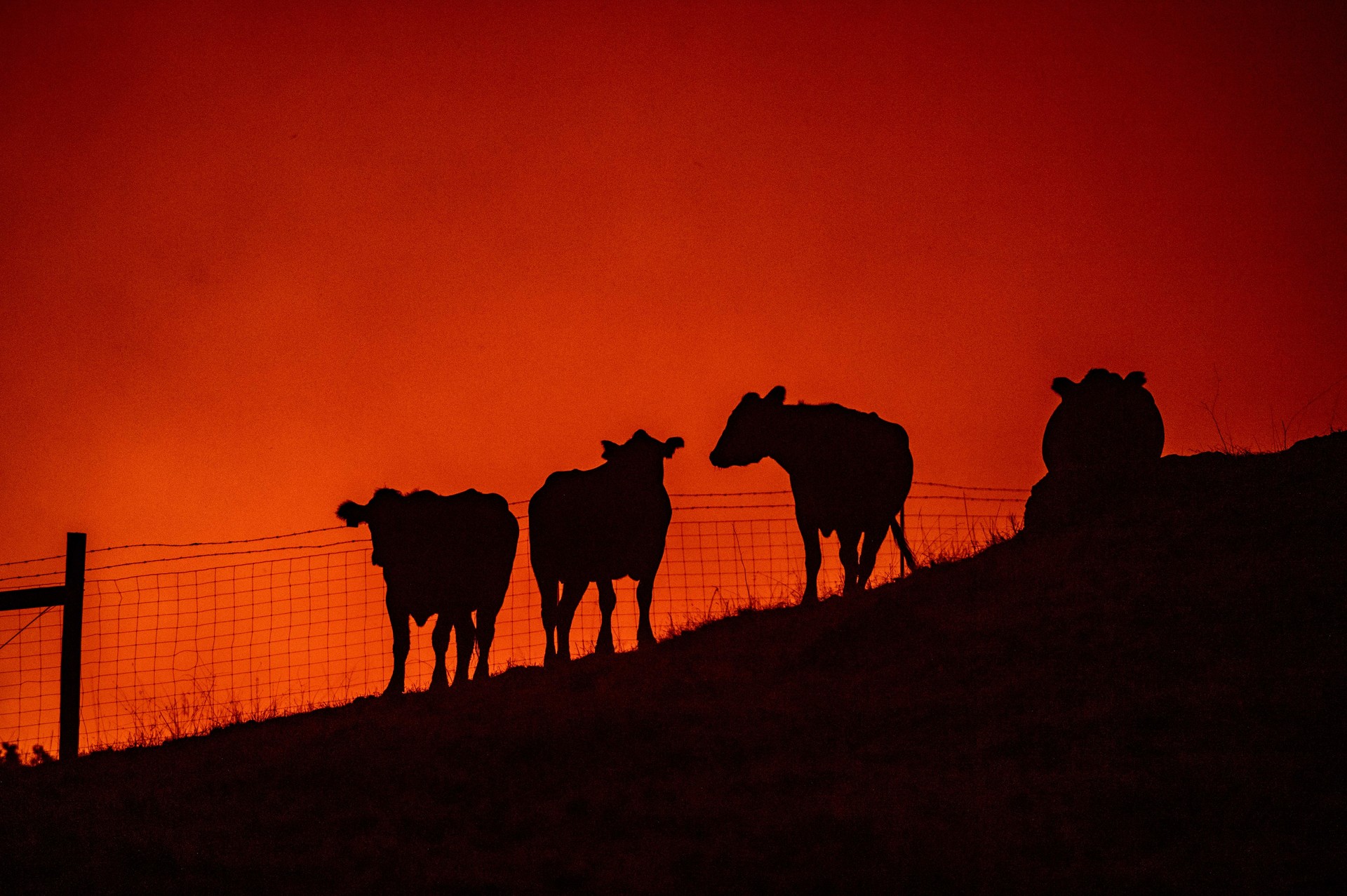As the Kincade Fire continues to spread in Sonoma County, Bay Area animal lovers, pet stores and shelters are helping animals that have been displaced by the rapidly moving wildfire.
Find tips and updated community resources below — whether you are evacuating with pets, looking for a lost animal or just want to support furry friends in need.
- Animal Evacuation Tips
- Lost and Found Animals
- Evacuation Shelters and Animal Boarding
- Donation Needs

Animal Evacuation Tips
“The best thing is for people to take their pets with them,” said Lisa Bloch, spokeswoman for the Marin Humane Society, during the 2017 North Bay fires. “But if they can't, certainly there's a lot of people out there to help.”
Evacuation sites and emergency boarding shelters often have free supplies and will take in animals without medical records. But if you have time to prepare for evacuating with your pet, here's what you should remember:
Small animals
- Attach a form of identification to your pet.
- Make sure microchip information is up to date.
- Pack leashes, food and vet records.
- Bring three days' worth of food and water.
- Have a photo of you and your pet together for identification.
Find more information from the ASPCA here.
Large animals
- Mark your animal with information using a luggage tag.
- Remove any halters or fly masks, which can possibly burn or get snagged.
- Bring fresh water and hay available for 72 hours.
- Create an evacuation plan and leave early if possible.
- Have full-frame and close-up photographs for identification.
- Leave open any gates or fences if you have to leave without them.
For more information from the UC David School of Veterinary Medicine, click here.

 Cows stand on a field as fire approaches them atop a hillside during the Kincade Fire near Geyserville on Oct. 24, 2019.[/caption]
Cows stand on a field as fire approaches them atop a hillside during the Kincade Fire near Geyserville on Oct. 24, 2019.[/caption]